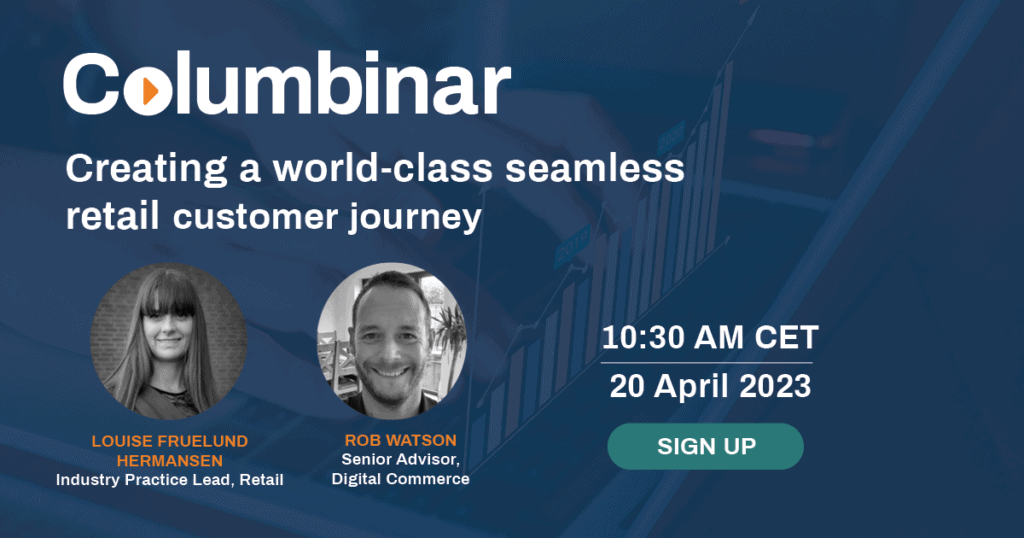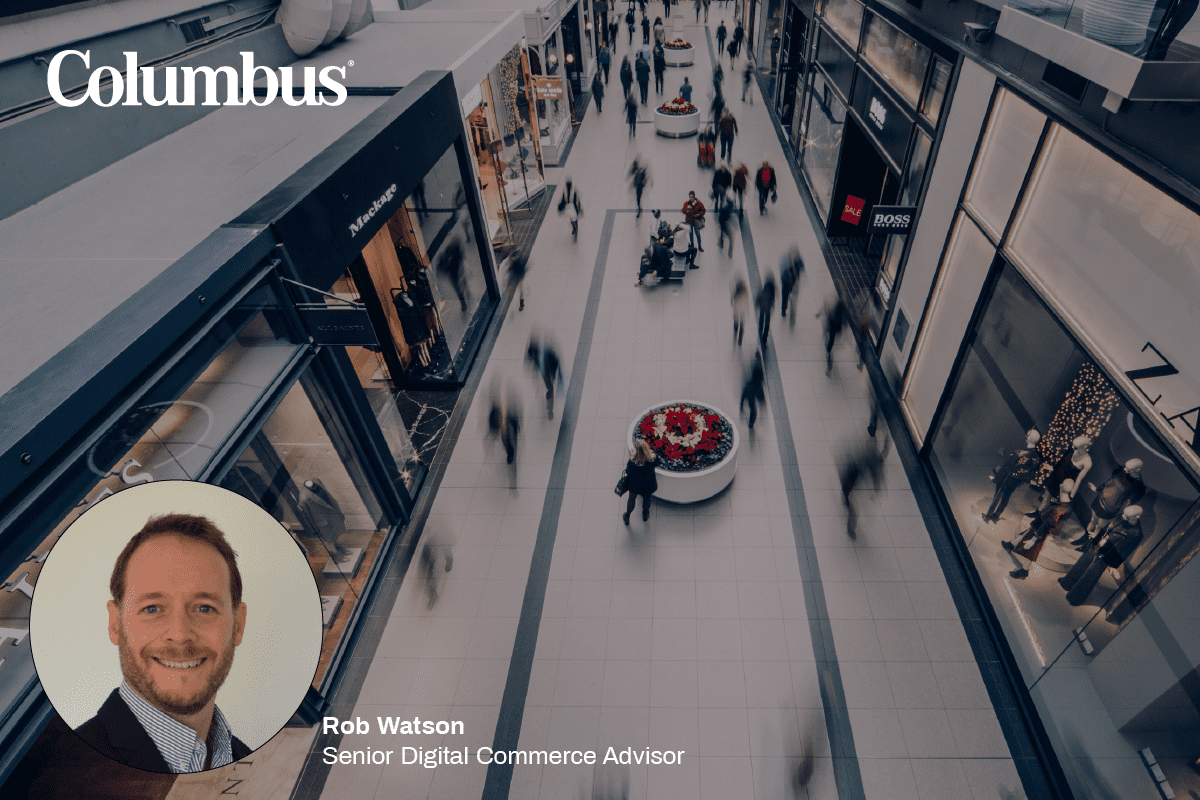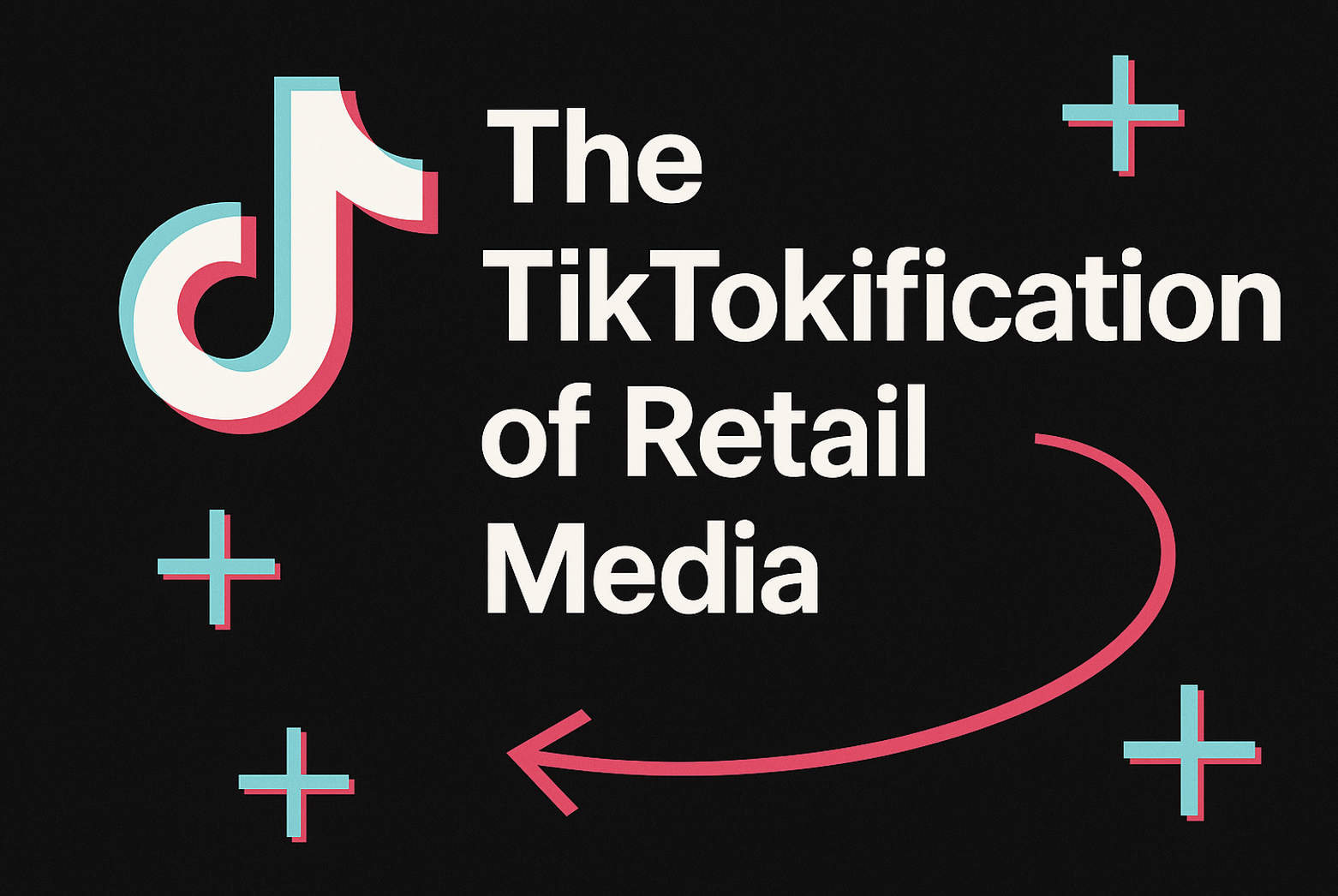The modern retail customer journey crosses more channels than ever before. According to McKinsey, “more than half of customers engage with three to five channels during each journey they take toward making a purchase or resolving a request”.
These are not single engagements either – for example when booking a hotel, online customers switch between web and mobile nearly five times on average for a single booking. When the customer engages in one channel, they remember the experience and take it to the next, but typically retailers treat their customers as strangers in every new channel they arrive in.
The opportunity exists to create perfect customer service by using every past engagement to create a personalised customer journey that anticipates customers’ needs and accommodates their disposition. To do this, every individual customer engagement in every channel must be seen by the retailer as points along a single seamless retail customer journey.
Why we must create seamless customer journeys
Post-pandemic, the gap is increasing between customer expectations and the experiences retailers provide. We’re also seeing a demographic shift in customer behaviour, with the next generation of buyers less attached to specific brands and more willing to move on from a brand if it can’t meet their needs. It’s an often quoted statistic that on average, attracting a new customer can cost five times as much as keeping an existing one.
To appeal to your customers, you need to focus on how you can keep up with expectations and build strong customer ecosystems. By making the customer journey seamless, you can:
- Improve lifetime value
- Reach new customer segments
- Increase operational efficiency
- Increase sales conversion rate
- Improve inventory turnover
Retailers that are focused on customer experience will benefit from more engaged customers and an increase in customer lifetime value. Those that don’t are at risk of being left behind.
The reality of the omnichannel dream
The evolution of commerce has moved from single channel to multichannel to omnichannel. While the dream of creating a seamless and integrated omnichannel journey is over ten years old, the focus to date has been on unifying branding, allowing customers to move between channels (such as offering click-and-collect) and to obtain a consistent offering in each channel.
The reality is that many retailers have been unable to provide a truly seamless customer journey because data is siloed across multiple closed systems that aren’t readily available to all channels. To realise the largest business and customer benefits of an omnichannel experience, we need to centralise operational data, especially customer data, on a single platform that is available to all channels in real-time. This is known as unified commerce and is a key enabling capability to creating seamless customer journeys since it enables omnichannel customer experiences to become customer centric.
The big difference between omnichannel and unified commerce is that with unified commerce, only one truth exists, which is transparent in all channels and updated in real-time, regardless of the channel. Accurate and consistent data across every channel and touchpoint is crucial, and this is nearly impossible to achieve without a unified commerce solution.
Making a customer journey seamless
To create and deliver seamless customer journeys, there’s more than just technology that needs to be in place. Many companies approach these initiatives as technology projects rather than business transformation. They may end up with modern and updated systems, new features and functionality, and possibly more efficient and automated processes. But, this frequently leads to companies failing to gain the outcomes and value they expected. As with any business transformation, people and process are just as important as technology.
With incumbent technology and processes in place and traditional retail operating models entrenched in day-to-day thinking, trading, and even individuals’ performance evaluation and remuneration, it’s easy to find the scale of change required overwhelming. Building a value-based roadmap and getting started are not inconsiderable challenges.
At Columbus, we use a methodology called OnTarget that not only allows value to be released sooner, but also enables us to align the direction of travel with a long term vision and deliver strategic outcomes.
This approach helps us identify a series of smaller projects that we can lay out into a value-prioritised roadmap with our customers. It can also be used as a communication tool to keep your people regularly informed on when changes are happening. The roadmap isn’t a fixed list of what needs to happen over the next few years – it’s a living tool, which makes it easier for your teams to reprioritise should an urgent requirement appear.
You can learn more about our value first framework by clicking here.
Sign up to our retail webinar series to find out more

Join me and my colleague Louise Fruelund Hermansen as we guide you through the steps to create seamless customer journeys. We’ll be discussing not only the technology retailers need to have in place, but also what needs to be addressed in terms of your people and processes – all key enablers for seamless retail experiences.
Part one – creating a world-class seamless retail customer journey (20th April)
- Learn how to respond to ever-changing customer expectations and create omni-channel experiences that customers demand and deserve in ‘the new normal’
Part two – a 360 degree view: knowing your retail customer (5th May)
- Learn how to build roadmaps to know your customers better and leverage those insights to make more intelligent decisions that will increase customer lifetime value
Secure your spot today by clicking here.






